GYMFIT FINANCIAL BLOG
Take the first step to understanding your gym finances!

Understanding these Three Financial Statements Will Change the Way You Do Business
"Mastering the intricacies of income statements, balance sheets, and cash flow statements is not just about numbers; it's a strategic shift that empowers you to navigate business dynamics with clarity and make informed decisions that redefine the way you approach and conduct business."
Bookkeeping - Cash Flow - Fitness Gyms - Gross Profit - Net Profit - Smallbusinessowner
What is the difference between those who are successful at business ownership and those who continue to struggle? Financial management! This is one of the most critical aspects, if not the most critical aspect, of running a successful business. Being a business owner is no small feat. Being a successful business owner, however you define it, is an even bigger feat. In this ever-evolving game of business, basic financial literacy is a must for success.
What most people don’t understand when it comes to managing their money is their financial statements. Financial statements are essential tools that provide businesses with valuable insights into their financial performance so business owners can make informed decisions.
If you are new to the world of financial statements and don't know where to begin, fear not! Below is everything you need to know about the three essential financial statements - profit and loss, balance sheet, and statement of cash flows - and how they all work together.
Profit and Loss Statement
The profit and loss statement, also known as the income statement, provides an overview of a company's revenue, expenses, and net profit or loss over a specific period. Revenue includes all the money the company earns from the sales of its goods or services, while expenses refer to the cost incurred by the company to earn that revenue.
Your income is summarized by:
Revenue → income related to your core business
Other Income → income related to non core activities, such as credit card points
Your expenses is summarized by:
Cost of Goods Sold → costs that relate to carrying out your product or service
Operating Expenses → costs that relate to operating your business
Other Expense → costs that don’t relate to carrying out your income, or operating your business
The bottom line metric in a profit and loss is your net income, which is all of your income accounts minus all of your expense accounts.
The profit and loss statement is essential in helping business owners understand their revenue and expenses and how these relate to the overall profitability of the business. By analyzing the profit and loss statement, business owners can identify patterns and trends in revenue and expenses, which can help them make more informed decisions about budgeting, pricing, and resource allocation.
Balance Sheet
The balance sheet is a snapshot that shows a company's financial position at a given point in time. It provides a company's assets (what it owns), liabilities (what it owes), and equity (what's left to the owners if all liabilities are paid off).
Assets → amounts of economic value the business owns or substantially controls
Liabilities → amounts that you owe to creditors
Owners Equity → amounts that you owe to the owners
A balance sheet is an essential tool in helping business owners measure the financial health of the business; this is also the statement that tends to be the most confusing to business owners. However, it’s one of the most important sheets to understand because it is the best indicator of a company’s financial health.
Statement of Cash Flows
This statement is all about telling you where your cash is flowing. Get it? That’s why it’s called a Statement of Cash Flows!
The statement of cash flows shows how a company's cash position changes over time. It shows the cash inflows (money coming in) and cash outflows (money going out) from the company's operating, investing, and financing activities. It provides insights into a company's ability to generate cash flows, pay its bills, and invest back into the business.
Your Statement of Cash Flows is separated by:
Cash from Operating Activities → cash movements from operating your business
Cash from Investing Activities → cash movements from fixed and long term assets such as incidental expenses (IE) or assets that are invested for long term benefit
Cash from Financing Activities → cash movements from amounts invested by owners, or creditors - both for amounts put in and amounts repaid
The statement of cash flows is critical in helping business owners assess their company's liquidity and cash flow position. By analyzing the statement of cash flows, business owners can identify the sources and uses of cash in the business, which can help them make better decisions about funding, investments, and cash management.
By understanding how the profit and loss statement, balance sheet, and statement of cash flows relate to each other, business owners can better interpret and leverage their financial data to make informed decisions and drive the business's success. As a business owner, it's critical to have a solid grasp of financial statements and how to use them effectively. By doing so, you'll be better equipped to assess your business's financial health, identify trends, and make data-driven decisions that will help you achieve your goals and take your business to the next level.
If you’re looking to have someone empower you as the owner of your business to understand your statements, book your complimentary “mini” CFO call with Erica Day.

These are laser-focused 30-minute sessions where we will look at your current statements to identify any potential shortfalls in the bookkeeping process.
Those who have taken advantage of these “mini” sessions report seeing places where more profit can come into their business and greater clarity on their goals and the strategy and tactics it will take to get there.
Don’t wait to “start fresh” in the New Year; book your “mini” CFO call and make your financial goals today!



